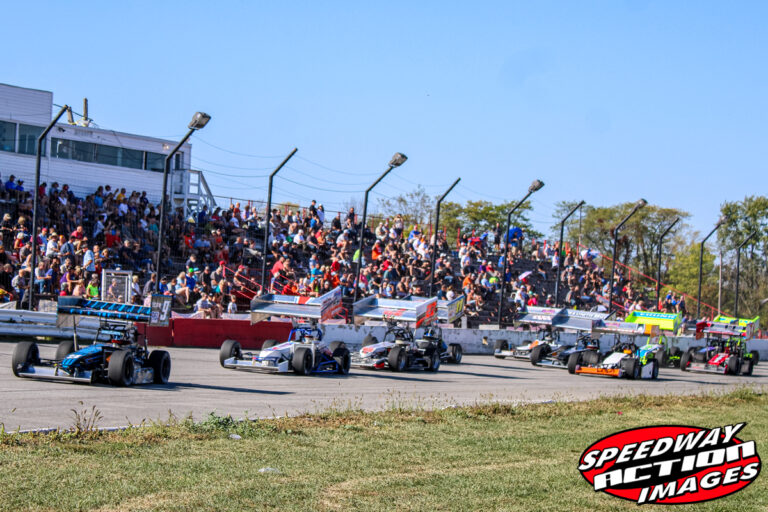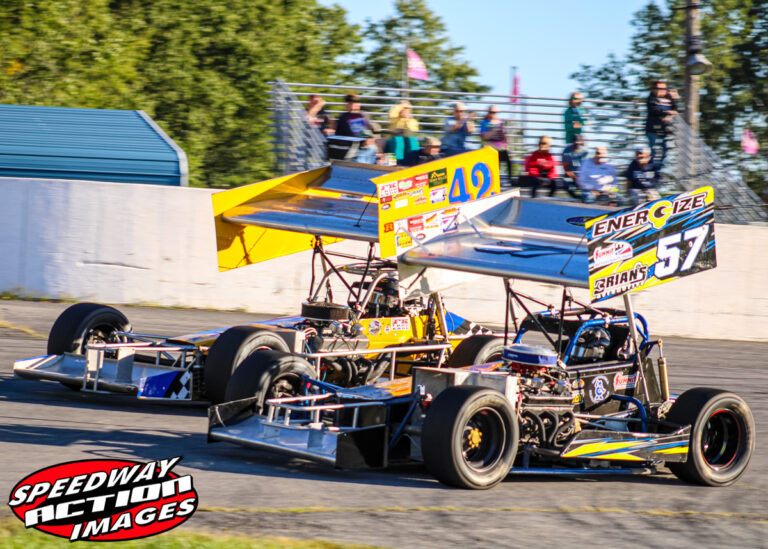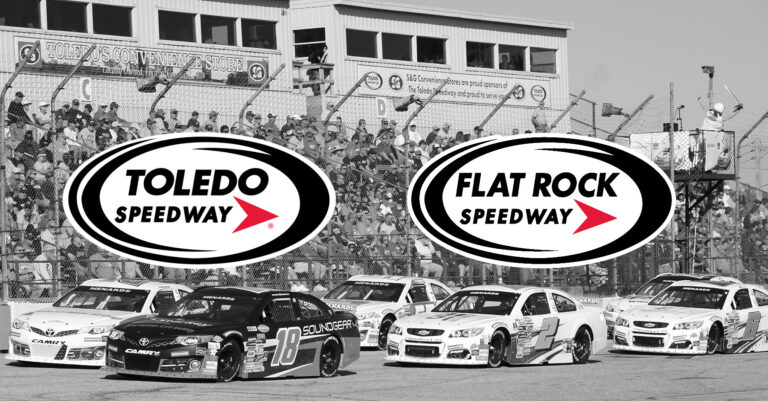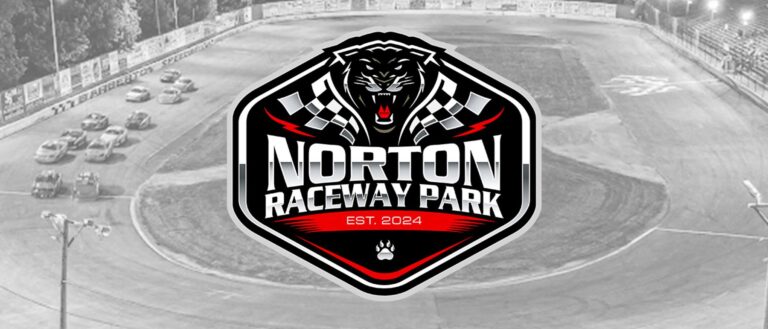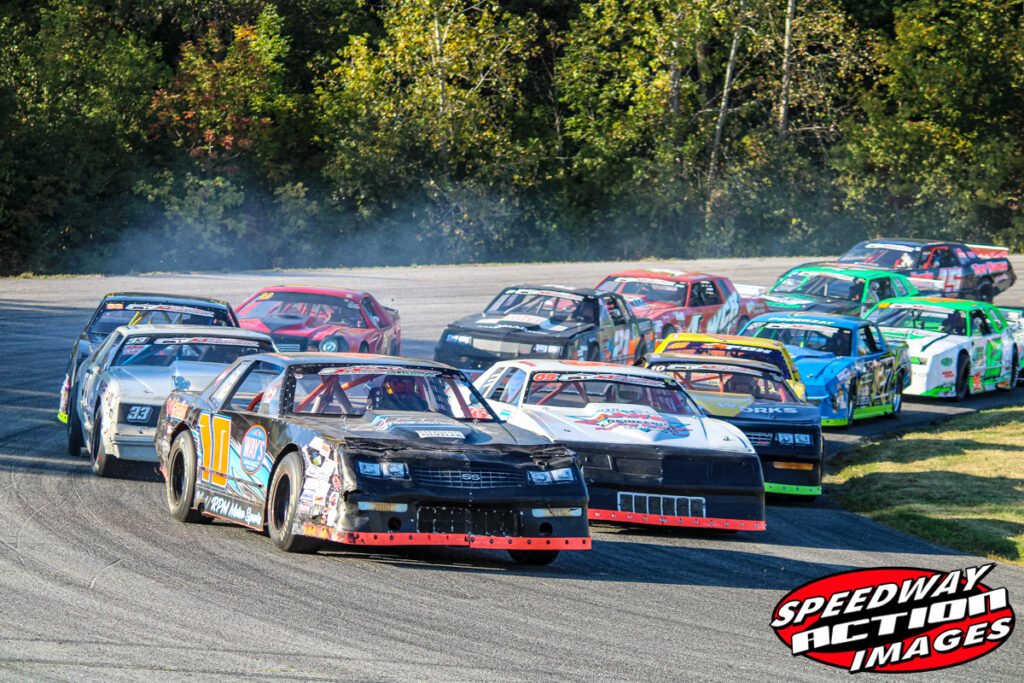
Jim Foose Speedway Action Magazine
The problem with asphalt racing that’s causing a steep decline in spectator attendance and participation, along with closing tracks, is self-inflicted. In part 7, we look at sanctioning bodies, traveling series and more.
Sanctioning bodies have existed forever. Professional stock car racing is sanctioned by NASCAR, professional open wheel racing in the United States falls under IndyCar sanction and professional dirt racing falls under several sanctioning bodies, from the World of Outlaws to High Limit Racing, the All Star Circuit of Champions and the Lucas Oil Late Model Dirt Series.
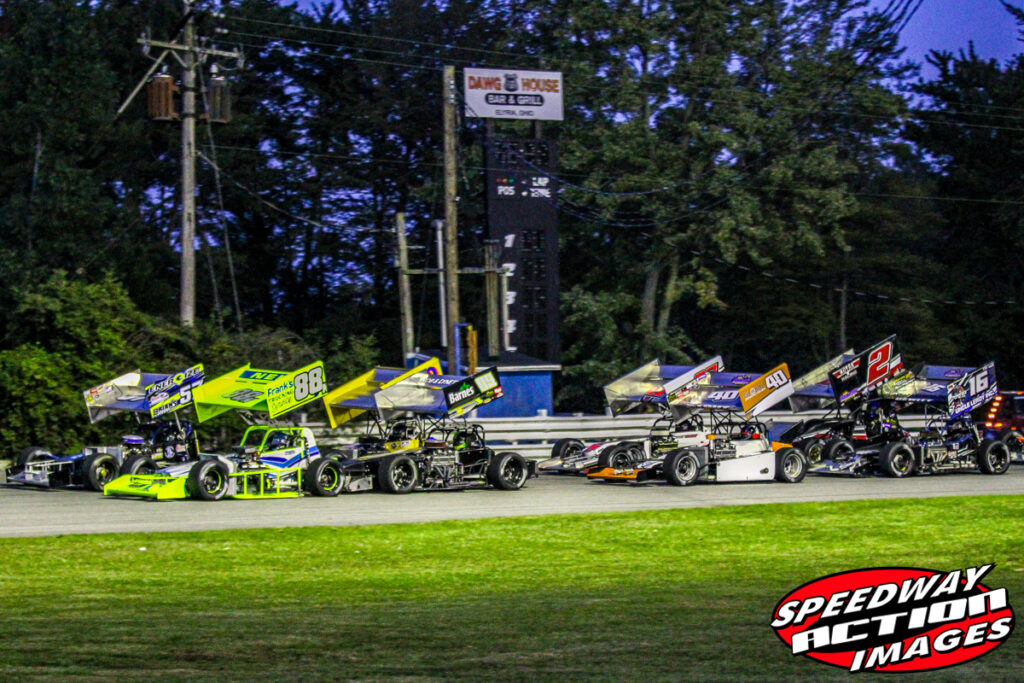
At the local level the Main Event Super Late Model Series sanctioned Outlaw Super Late Model competition in Ohio, Michigan, and Indiana for many years. The Midwest Supermodified Association (MSA) and later the Midwest Supermodified Series (MSS) have sanctioned Supermodified competition since 2001. There’s always been a place for traveling series at the top levels of local racing, a place where local heroes became regional stars.
In 2025, even the lower divisions at the track are now traveling, there’s a Street Stock tour, three Compact tours, and the Midwest Modified Tour. All draw a regular following but rely on the locals to fill the field, just like World of Outlaws and High Limit Series do with sprint cars and the World of Outlaws and Lucas Oil Series do with dirt late models.
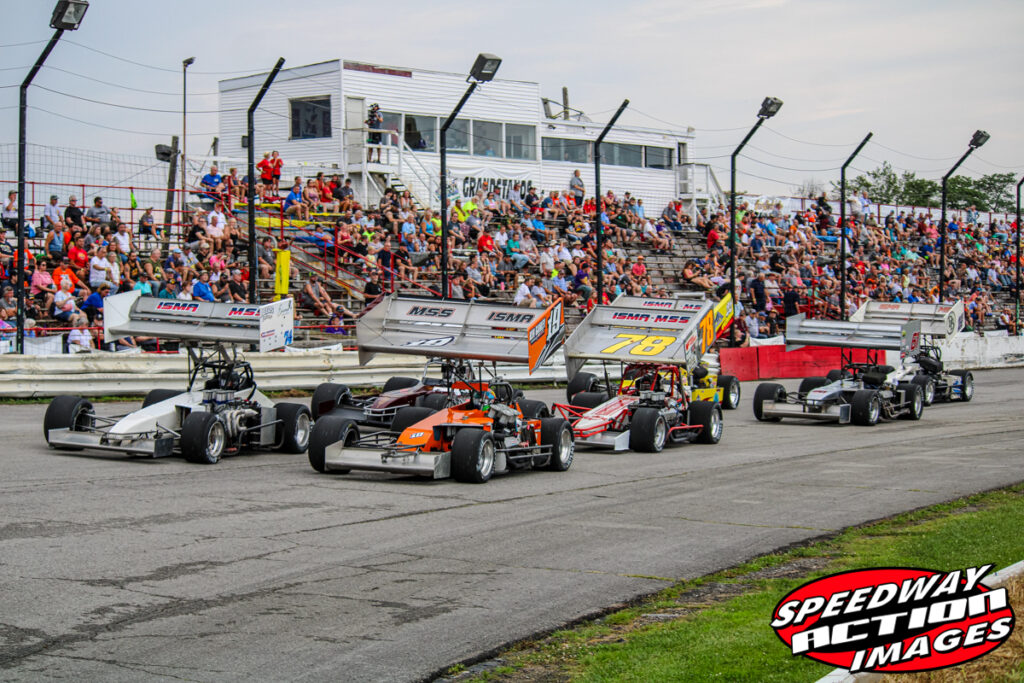
The Good
Bringing in a traveling series brings fans to the tracks, whether they are fans of the series and its stars or fans of that type of car. For years, Lorain Raceway Park packed the stands two or three times each season for MSA Supermodified races. Fans were often asked to sit closer to each other to make room for even more fans still filing through the gate at race time.
Often times each touring series brings in its own officials and rules to run the event with, meaning for a local track like Lorain or Sandusky, their own officials are present but given the chance to do other things during those races. Those touring series have control over their event and how procedures are followed, from practice to post-race technical inspection; they control the competition side of things. Consistent rules also is a big part of touring, where one track allows differing rules regarding bodies or engines, a touring series sets its own rules and follows them at every track on the tour.
With all of that, the big names of the tour are brought to each host track to race. In NASCAR and IndyCar they have charter agreements that force teams into fielding cars at each race; at the local level, not so much. So, while the championship contenders are almost certain to be in attendance, not all of the tour’s drivers will make every race. Nonetheless, bringing in a sanctioning body to run races at the local track is generally a positive for both sides.
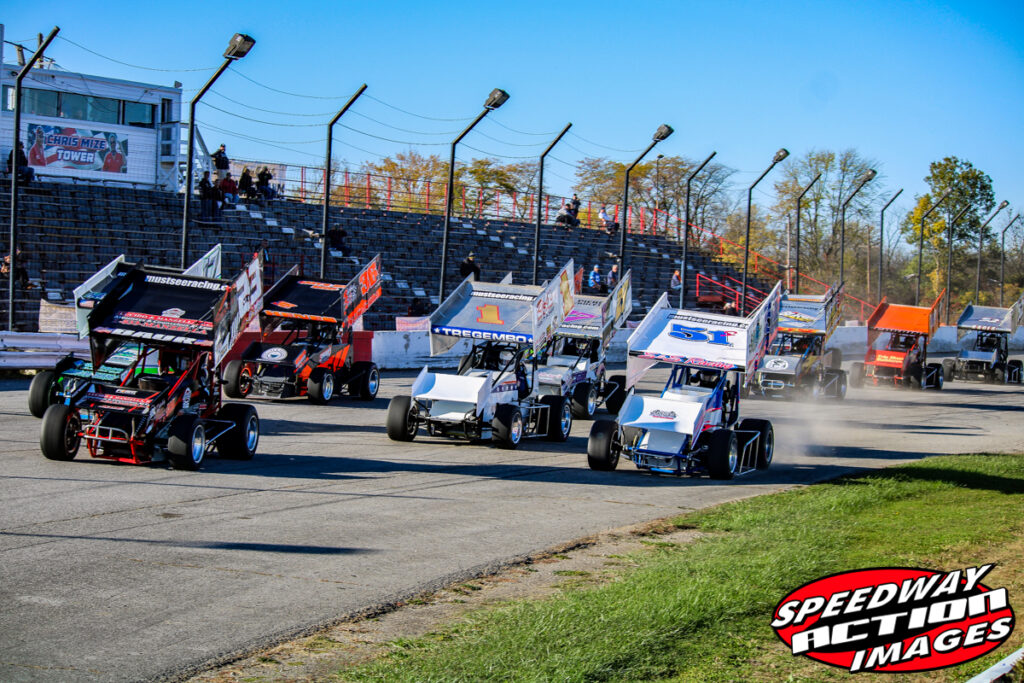
The Bad
While the Supermodifieds, Sprint Cars, and others draw fans to a track, bringing in a Compact tour or the Street Stocks doesn’t have the same effect. The same cars that are contending for the championship in the touring series are the same cars that would find a home at one of the tracks on the schedule. For example, Matt Wilson calls both Sandusky Speedway and Lorain Raceway Park home; he would generally be competing at one or the other weekly if not for traveling around to various tracks, taking him away from his home track fans. When the star is away, fans may shy away from the local track, skipping a race or even traveling to the track hosting the touring series that week.
All of that comes with a cost, a “sanctioning fee” that often includes the event purse, pay for the officials, and a contribution to the series championship fund.
The added cost of the sanctioning fee and the higher race purse is a gamble for many tracks, especially if the weather forecast is unfavorable early in the week or if rain falls on race morning. In the event of a cancellation, all the advertising money is wasted, washed away like the rain. Even rescheduling presents its own challenges, not exclusive to touring series, with many track and series employees along drivers and teams having other commitments, not to mention the race fans.
While the costs and equipment had gotten out of hand at the Street Stock level before the formation of the Ohio Wheelman Series in 2021, making the class too expensive to run weekly for both teams and tracks, drivers wanted to compete regularly. To put it in perspective, asphalt Street Stocks in Northern Ohio are the equivalent of Limited Late Models in other parts of the country, both dirt and asphalt. When the Wheelman Series came to be it leveled the playing field, taking several sets of track-specific rules and combining them into one set of rules with weight breaks and penalties for certain parts on the cars. What Wil Wiggins and his crew did to bring so many different cars together and make them all legal to race was nothing short of spectacular. Costs are still high to compete, but drivers and owners weren’t forced to buy all new equipment to race.

The Verdict:
Too much of a good thing can be a bad thing. At some point dividing a dwindling car count further amounts to less than enough to put on a good race.
For classes of cars that are unique, such as Supermodifieds, asphalt Sprint Cars and even Trucks the touring series provides a place to race with similar cars. Touring Series like the Outlaw 350 Supermodified Sprint Series, Great Lakes Truck Tour and Must See Racing’s Sprint Car Series all provide an almost exclusive place to race those types of cars with those engines.

Street Stocks, Compacts, and Modifieds still compete weekly at some local tracks, and the touring series has definitely taken away car count from those tracks. Somewhere along the line, two “national” Compact series grew while the Ohio Wheelman Series and Champion Racing Association (CRA) sanction Street Stock style races around the region. All offer the traveling element, but the effect on local race tracks cannot be ignored, both classes have fewer drivers competing weekly now, some to the point that tracks have dropped that division from the regular schedules. All in all, the Ohio Wheelman Series has brought more cars and drivers together for more races than they would have without the tour. The same could be said for the media coverage that Must See Racing brings to the table, having every race broadcasted on Racing America and being featured on Racing America’s free streaming channel multiple times per week.
The touring series often pays better than a weekly feature program; in most cases, they would have to just to cover the costs of traveling around the region instead of staying at one local track. There’s also a certain prestige to winning a “touring series” over being a track champion, not to discount track champions, they work just as hard to master their home track for an entire season.

The real positives of touring are the number of different tracks a team competes at each year, giving their sponsors exposure to more unique race fans, higher payouts and higher championship funds, plus consistency in the rules as the touring series travels from track to track.
Discover more from Speedway Action Magazine
Subscribe to get the latest posts sent to your email.

